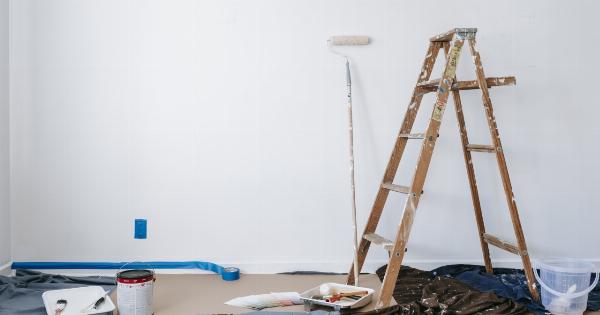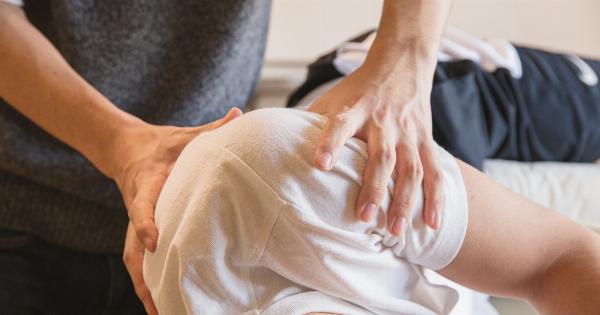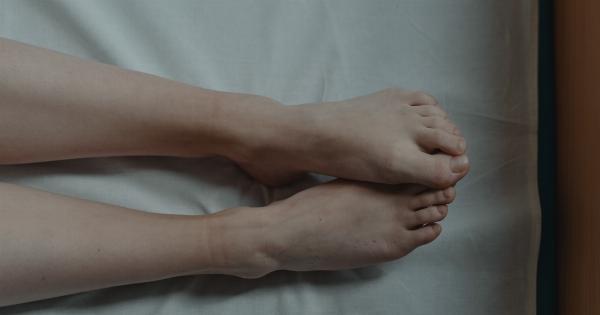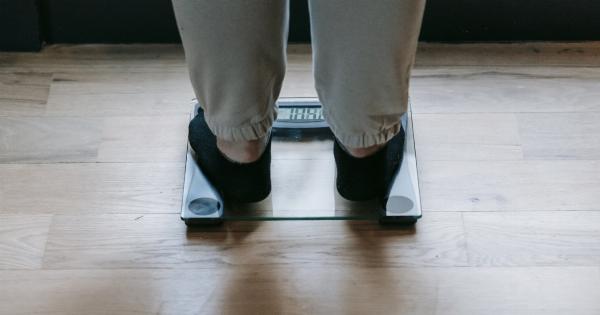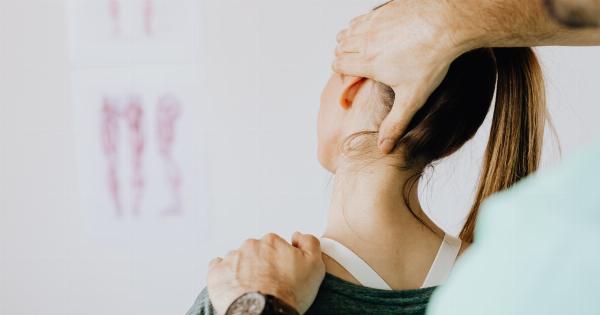A meniscus rupture is a common injury that affects many individuals, especially athletes and those who engage in rigorous physical activities.
It occurs when the cartilage in the knee joint, known as the meniscus, is torn or damaged due to sudden and forceful movements. The meniscus serves as a cushion between the thighbone and shinbone, and when injured, can lead to pain, swelling, and difficulty moving the affected knee.
Symptoms of Meniscus Rupture
The symptoms of a meniscus rupture can vary depending on the severity of the injury. Some common signs include:.
- Pain and tenderness in the affected knee
- Swelling and stiffness in the knee joint
- A popping or clicking sensation when moving the knee
- Difficulty straightening the knee
- Feeling as if the knee is locking in place
If you are experiencing any of these symptoms, it is important to seek medical attention as soon as possible to prevent further damage and promote healing.
Types of Meniscus Ruptures
There are two main types of meniscus ruptures:.
1. Medial Meniscus Rupture
A medial meniscus rupture occurs when the cartilage is torn on the inside of the knee joint. This type of injury is more common than a lateral meniscus rupture and can be caused by a sudden twisting motion or direct impact to the knee.
2. Lateral Meniscus Rupture
A lateral meniscus rupture occurs when the cartilage is torn on the outside of the knee joint. This type of injury is less common than a medial meniscus rupture and can be caused by a sudden twisting motion or direct impact to the knee.
Diagnosing a Meniscus Rupture
If you suspect that you have a meniscus rupture, your doctor will likely perform a physical examination of your knee to assess the extent of the injury.
They may also order imaging tests, such as an MRI or X-ray, to get a closer look at the injured area.
Treatment Options for Meniscus Rupture
The treatment for a meniscus rupture depends on the severity of the injury. Some common treatment options include:.
1. Rest and Ice
Resting the affected knee and using ice to reduce swelling and inflammation can help to alleviate some of the pain and discomfort associated with a meniscus rupture.
Your doctor may also recommend the use of compression braces or elastic bandages to provide additional support to the knee joint.
2. Physical Therapy
Physical therapy may be recommended to help strengthen the affected knee and improve range of motion.
This can include exercises to stretch and strengthen the muscles around the knee joint, as well as balance and stability training to help prevent future injuries.
3. Medication
Over-the-counter pain relievers, such as ibuprofen and acetaminophen, may be used to help alleviate pain and swelling. In some cases, your doctor may also prescribe stronger medications, such as opioids, to help manage pain.
4. Surgery
If the meniscus is severely damaged and non-surgical treatments are ineffective, surgery may be required to repair or remove the damaged cartilage.
This can be done through arthroscopic surgery, a minimally invasive procedure that involves making small incisions in the knee joint.
Preventing Meniscus Rupture
While not all meniscus ruptures can be prevented, there are steps that you can take to reduce your risk of injury:.
- Wear proper footwear when engaging in physical activities
- Warm up before exercise and stretch regularly
- Avoid sudden and forceful movements that can put stress on the knee joint
- Use proper techniques when lifting heavy objects or performing physical tasks
Conclusion
A meniscus rupture is a painful and debilitating injury that can affect anyone, regardless of age or physical activity level.
If you are experiencing symptoms of a meniscus rupture, it is important to seek medical attention as soon as possible to prevent further damage and promote healing. By taking steps to prevent injury and engaging in proper self-care, you can help protect your knee joint and maintain optimal health and mobility.




